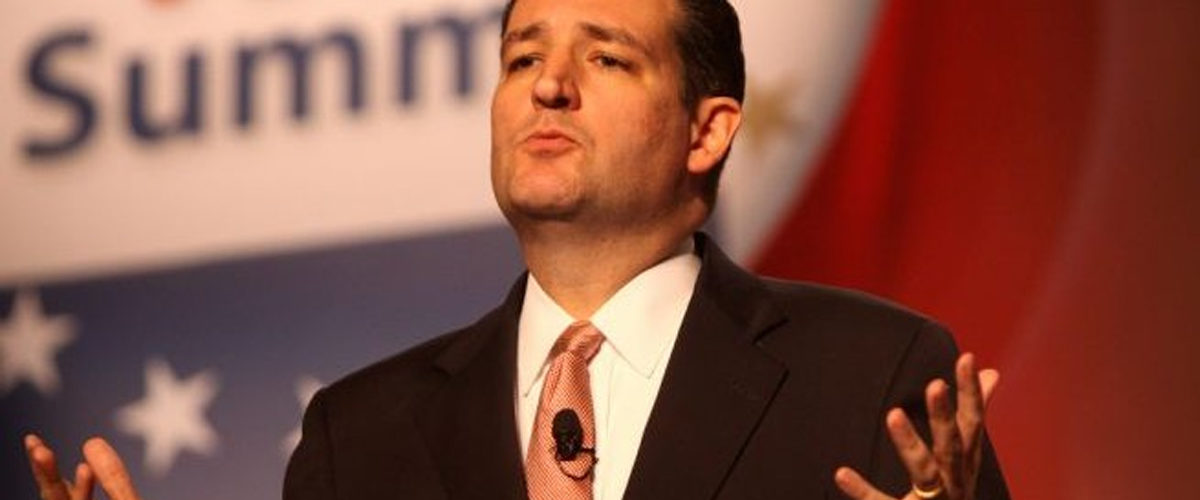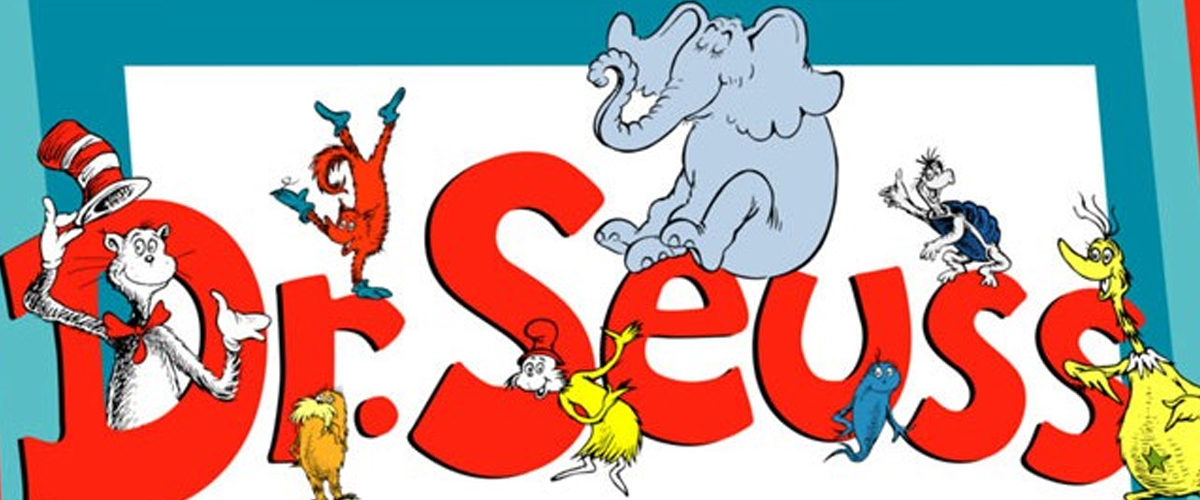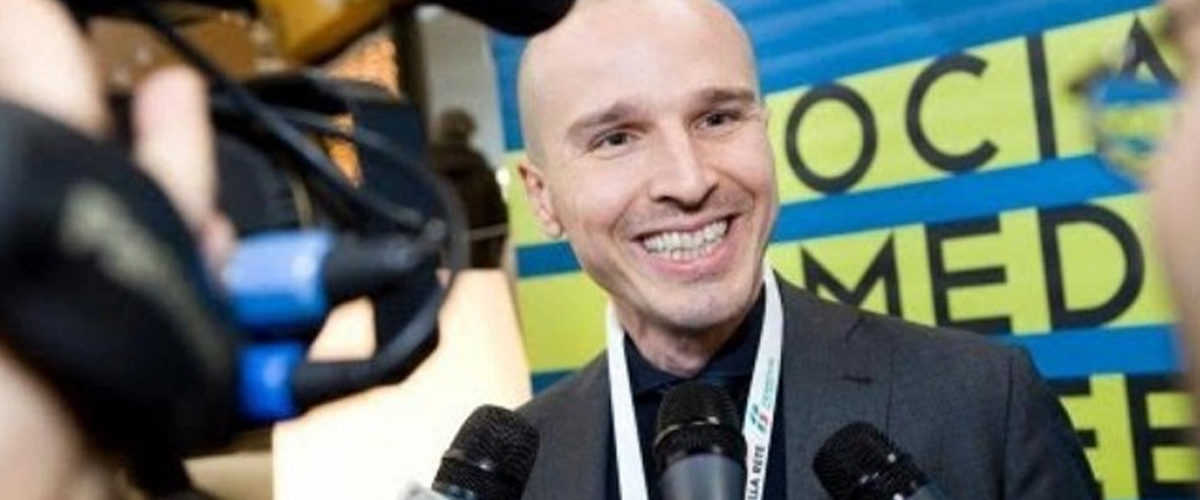Using filler words like “um,” “like,” and “you know” can diminish the impact of your presentation and make you appear less confident or prepared. While these words are common in everyday speech, they can become distracting when used excessively in professional settings. Avoiding fillers takes practice, but doing so will make you sound more polished, confident, and credible.Here are strategies to help you reduce filler words and improve your presentation delivery:
1. Practice, Practice, Practice
One of the primary reasons people use fillers is that they’re unsure of what to say next. Practicing your presentation several times helps you become more comfortable with the content, reducing the need to rely on fillers.How It Helps:
- Builds Familiarity: The more familiar you are with your material, the less likely you are to pause and search for words.
- Boosts Confidence: Practice makes you feel more confident, which reduces nervousness and filler words.
Example: Rehearse in front of a mirror or record yourself delivering the presentation. Review the recording to identify any unnecessary fillers and work on eliminating them.
2. Slow Down Your Speaking Pace
Speaking too quickly is another common reason people resort to fillers. When you rush through your presentation, your brain may struggle to keep up with your speech, causing you to insert “um” or “like” as placeholders.How It Helps:
- Gives You Time to Think: Slowing down allows you to think ahead about what you’re going to say next, eliminating the need for fillers.
- Enhances Clarity: A slower, more deliberate pace makes your words clearer and easier to understand.
Example: Consciously pause between sentences or key points to give yourself time to think. This also helps emphasize important ideas and makes your speech more engaging.
3. Embrace Pauses
Many presenters use fillers because they’re uncomfortable with silence. However, strategic pauses can be far more effective than fillers. Pausing gives your audience a moment to absorb what you’ve said and makes your delivery more impactful.How It Helps:
- Adds Emphasis: Pausing before or after key points emphasizes their importance.
- Breaks the Habit: Consciously using pauses instead of fillers will help you retrain your brain to avoid unnecessary words.
Example: Instead of saying “um” while transitioning between slides, simply pause for a moment. This brief silence can make your presentation feel more composed.
4. Focus on Breathing
When you’re nervous, your breathing can become shallow, leading to rushed speech and fillers. By focusing on deep, controlled breaths, you can keep yourself calm and avoid the need for fillers.How It Helps:
- Keeps You Calm: Deep breathing reduces anxiety, helping you maintain control over your speech.
- Paces Your Speech: Focusing on your breathing naturally slows down your speaking pace, reducing fillers.
Example: Before starting your presentation, take a few deep breaths to calm your nerves. During the presentation, remember to breathe deeply between sentences.
5. Use Transitional Phrases
Often, fillers are used when presenters don’t know how to transition smoothly between ideas. Replacing fillers with well-thought-out transitional phrases will make your presentation flow better and sound more professional.How It Helps:
- Smooth Transitions: Instead of using “uh” or “like,” employ phrases such as “Next, I’d like to discuss…” or “To build on that point…”.
- Keeps You Focused: Using clear transitions ensures that you stay on track and reduce the likelihood of resorting to fillers.
Example: Instead of saying, “Um, so, like, the next point is…,” say, “Now that we’ve covered the introduction, let’s move on to the key findings.”
6. Record Yourself and Take Note of Patterns
Recording yourself while practicing allows you to identify where and how often you use fillers. Once you know your filler patterns, you can actively work on reducing them.How It Helps:
- Identifies Triggers: You’ll be able to see when and why you tend to use fillers (e.g., during transitions or when introducing new concepts).
- Track Progress: Recording yourself multiple times lets you monitor your improvement over time.
Example: Record your practice sessions and note when you say “um” or “like.” Focus on those areas during your next rehearsal and actively work on removing the fillers.
Final Thoughts
Eliminating filler words from your presentations can significantly enhance your delivery and make you appear more confident and professional. By practicing regularly, embracing pauses, slowing down, and focusing on smooth transitions, you can reduce or eliminate fillers and deliver a polished, impactful presentation.








